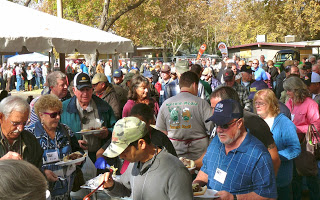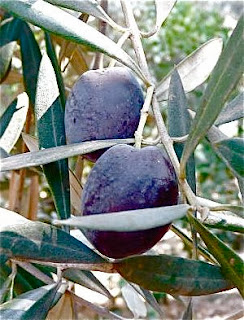Record Crowd of Tree Nut Growers in Turlock
Big Crowd in Turlock for Tree Nut and Vine Expo
More than 800 growers and PCAs were at the Stanislaus County Fairgrounds TODAY, to hear from many speakers, visit with hundreds of exhibitors, talk about tree nuts and grape vines, and enjoy breakfast and a barbeque Tri-Tip lunch.
 |
| Exhibitors speak with tree nut growers about products and services |

Speakers came from UC Davis, Stanislaus County Ag Commissioner’s office, UC Cooperative Extension, Almond Board of California, California Walnut Board, Stanislaus County Farm Bureau, and CalAgSafety.
- Agromillora
- American Ag Credit
- Big Tree Organics
- California Walnut Board
- Compass Minerals
- Dave Wilson Nursery
- Diamond Foods
- Fresno State Viticulture and Enology Dept.
- JKB Energy
- Novozymes
- Principal Financial Group
- Yosemite Farm Credit



















